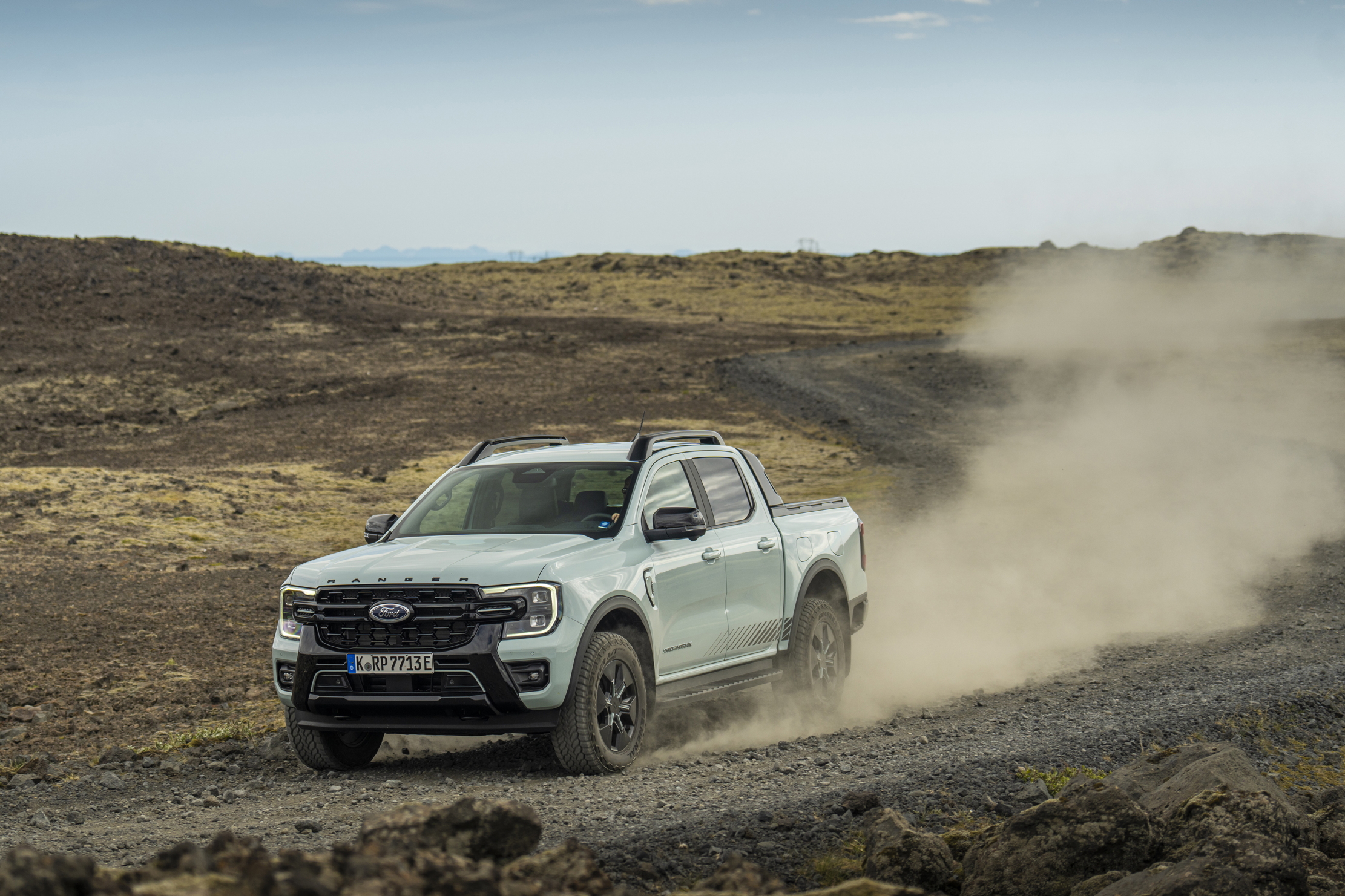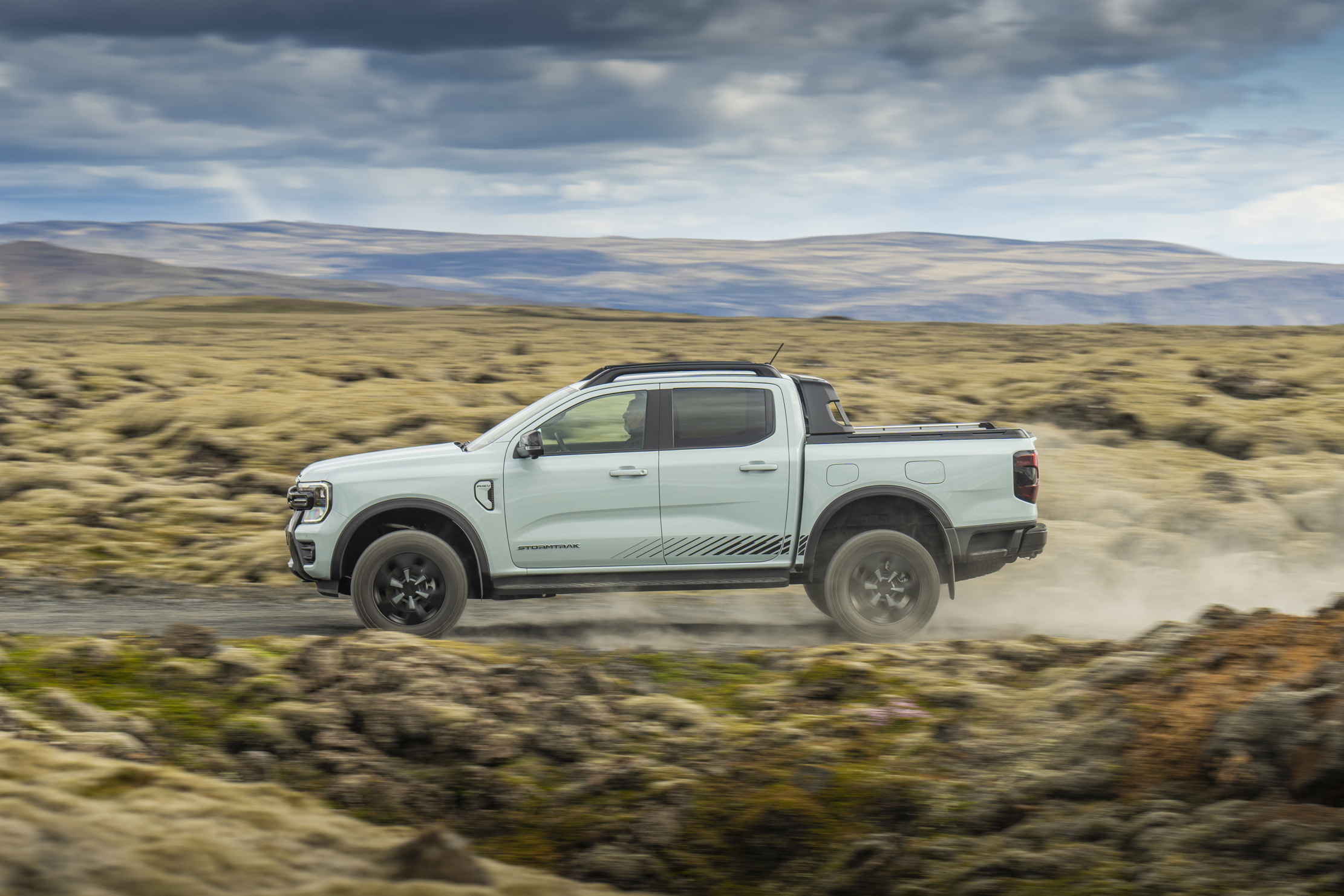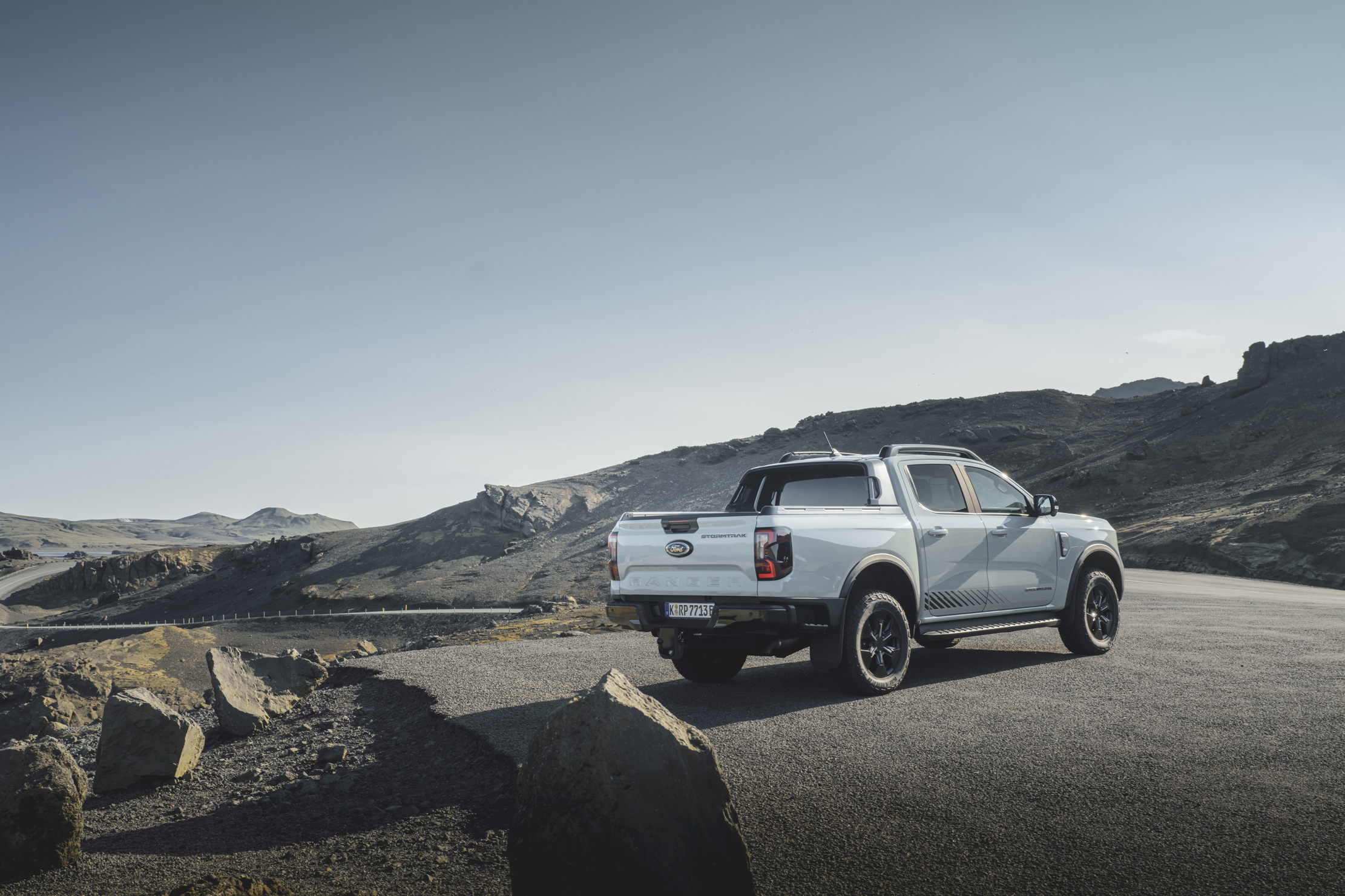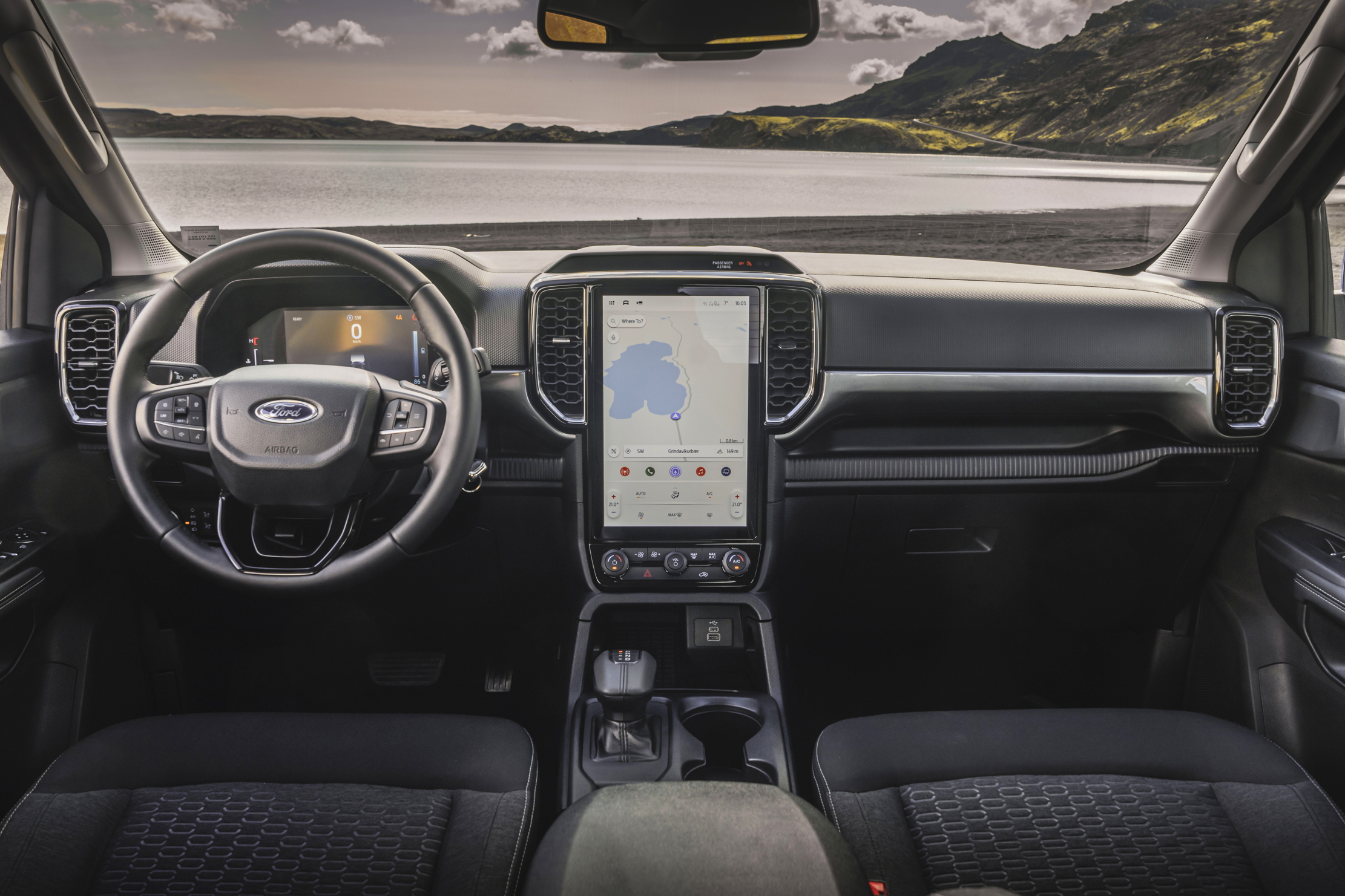Ford Ranger PHEV: The eco-pickup for campers, builders and post-apocalyptic survivalists
The Ranger PHEV might deviate from first principles, but it remains convincingly fit for purpose — and therefore highly desirable


The Ranger is Ford’s utilitarian mainstay, a pick-up truck whose exterior design is almost emollient by American standards. It’s on sale in 180 of the 193 countries officially recognised by the UN, and particularly popular in Europe. One wonders about the other 13. It’s one of those vehicles you don’t notice until you start paying particular attention, whereupon you realise they’re everywhere.
Part of this is down to the Ranger’s growing appeal as a ‘lifestyle’ vehicle. This is a questionable catch-all term beloved of all car makers, but in the Ranger’s case it’s valid. A stoic workhorse, this pick-up might be towing a trailer one moment, doubling as a mobile home with a roof-tent and e-mountain bikes in its load-bed the next. Or both simultaneously. In fact, 80% of the Rangers sold in the UK last year were in Wildtrak spec, its chunky bodysides enlivened by decals and interior leather. So what do we make of the newly available hybridised version?

Well, as a foray into electrification it has the market largely to itself. Only the Chinese company Maxus sells an all-electric truck in the UK, and it’s not one we’d recommend. The USA gets the all-electric Ford F-150 Lightning and Elon Musk’s infantile Tesla Cybertruck. The Ranger shares its platform hardware with the VW Amarok and is manufactured in Ford’s Silverton plant in South Africa. Until now, engine options have been limited to a 2.0-litre petrol or 3.0-litre diesel, but the new car uses Ford’s excellent 2.3-litre ‘Ecoboost’ turbo petrol unit — as previously seen in the Focus and Mustang. It’s supported by a 75 kW (100bhp) electric motor, packaged within the bell-housing of the 10-speed automatic transmission, which is fed by an 11.8 kWh battery (useable) that sits under the Ranger’s load bed.
Visual differences are limited to a second filler flap on the near-side rear wing, with a lightning bolt logo on it, which hides the charging port for the battery. On a 7kW wall charger, it takes about 2.5 hours to charge. As on other Rangers, the PHEV has a 1-tonne payload and can accommodate a Euro pallet between the wheelhouses.
How does the hybrid work, you may be wondering? An electronically controlled clutch engages and disengages the e-motor and combustion engine, switching between petrol, hybrid and electric propulsion. There are various different settings, but EV Auto is the default one, blending electric and petrol power in a way optimised for everyday use, or if you’re towing or carrying a heavy load.
'With a combined power output of 277bhp and a resounding 514lb ft of torque, the Ranger PHEV has more grunt than the diesel — and indeed more than the performance-oriented Ranger Raptor manages'
The Ranger PHEV has a modest claimed electric-only range of 26 miles, enough to manage forays into zero emission zones, or for stealthy progress into a wildlife park. More importantly, there’s a reduction in overall CO2 emissions to 70-72 g/km, which in turn helps reduce benefit-in-kind taxation. It’s also VAT-exempt. Claimed overall fuel consumption is an eye-catching 94.2mpg, according to the industry’s misleading methodology, but a more realistic figure in everyday use is 26mpg. This isn’t bad for a vehicle that weighs 2.5 tonnes.
The big question is this: does the hybrid do enough to persuade existing or potential owners to trade up — or sideways — from the existing petrol or diesel option? Well, with a combined power output of 277bhp and a resounding 514lb ft of torque, the Ranger PHEV has more grunt than the diesel — and indeed more than the performance-oriented Ranger Raptor manages.
Exquisite houses, the beauty of Nature, and how to get the most from your life, straight to your inbox.
And though far from sophisticated — it sits on a ladder chassis and its rear suspension uses leaf springs — the Ranger is a surprisingly capable thing to drive. It’s also noticeably quiet on the move, largely because it’s fitted with active noise cancellation tech. Even with 10 speeds, the transmission goes about its business with impressive smoothness, to the extent that you’re mostly unaware of it. The Ranger is also an accomplished off-roader, capable of wading through 800mm of water and delivers impressive axle articulation. Its ‘Terrain Management System’, diff locks and hill descent mean that even a novice off-roader would have no trouble dealing with awkward conditions.

Ford’s engineers have worked similar magic when it comes to towing. The hybrid is available with the optional Pro Trailer Backup Assist, which uses blind spot detection tech and sensors to eliminate reversing anxiety. Push a button on the drive mode rotary controller, turn and hold it in the direction you want to go, then ease back using the brake pedal to control progress while a display on the 12in central touchscreen allows you to view proceedings. Modern cars are keen to park themselves, of course, a skill that every driver should be able to master. But reversing a 5.3m-long pick-up that’s hauling a caravan or trailer is another matter altogether, and this thing has you fully covered. The Ranger has a braked towing capacity of up to 3.5 tonnes.
Also genuinely useful is Ford’s Pro Power Onboard capability, which runs to three plug sockets, one in the cab, two in the box at the rear of the load bay. It’s available as a 2.3kW system or 6.9 kW one, and transforms the Ranger into a mobile generator. Useful for builders, campers or post-apocalyptic survivalists.
The interior is identical to other Rangers bar hybrid-specific information on the instrument display and central touchscreen, and the EV mode button. The screen itself is easy to use, if a little underwhelming in terms of its graphics — not that pick-up owners are bothered by that sort of thing. There’s also a commanding driving position, and the seats themselves are supportive and comfortable.
Although the entry-level spec Ranger has a powerfully utilitarian appeal, go higher and your elbow will appreciate the soft-touch leather that covers the door-tops, among other civilising touches. Interior storage is decent, and I like the recessed interior door-handle — designed so that you can open the door even if you’re wearing gloves. Basic but important. There’s also a comprehensive set of assistance systems, as stipulated by EU law, but they’re less intrusive than many and mercifully easy to turn off.
The Wildtrak spec adds interior and exterior trim accoutrements, heated front seats, and 360-degree zone lighting. The Stormtrak launch edition brings a punchy B&O audio system, matrix LED headlights and a flexible rack system for the load-bed. The Ranger PHEV might deviate from first principles, but it remains convincingly fit for purpose — and therefore highly desirable.
Prices for the Ford Ranger PHEV start at £40,830 (excluding VAT)

Jason Barlow is editor-at-large for BBC Top Gear, a long-standing contributor to GQ, and one of the world’s foremost authorities on contemporary and classic cars. He has presented countless television programmes, and is the author of five books, including the Atlas of Car Design and Bond Cars: the Definitive History. He is also an obsessive cinema and music fan, and was delighted to learn that an excerpt from his Bafta interview with the late David Lynch has been turned into a meme.
